Case Study: WalkMe
By: Rich Uphus | July 22, 2020
WalkMe is a SaaS (software as a service) company whose cloud-based infrastructure allows customers to bridge the gap between user understanding and new technologies, making remote training easy and effective. Their product guides users through new software, or new updates to existing software, while simultaneously gathering useful insights about system use for the customer.
In early 2019, WalkMe migrated to NetSuite from another system. They liked NetSuite for its scalability; the company is growing rapidly, and NetSuite allows for that growth. “NetSuite gives us the resources that we need, every time,” says Yotam Sturlezi, Financial Systems Specialist at Walk Me. “OneWorld serves as one platform to all of our points all over the world. If I have an entity in the United Kingdom, in New Zealand, in San Francisco, and Singapore, they can all use the same platform with the same language in the same way with the same processes. That’s very beneficial for us.”
WalkMe also needed to extend NetSuite so they could have more control over purchase orders and obligations to external entities. “As a high tech company that has funding rounds, we want to use our funds in the most efficient way,” Sturlezi explains. “We need a way of controlling the usage of our funding. PyanGo gives us that control.”
WalkMe’s local NetSuite partner recommended a few options for them to look into, one of which was PyanGo’s Advanced Budgetary Control system. WalkMe looked into the suggestions, comparing their needs with what those solutions offered. They soon settled on PyanGo for their budgetary control needs. Getting up and running with PyanGo wasn’t too difficult: “For a budgetary control system,” says Sturlezi, “it was pretty easy.”
The company quickly came to appreciate the flexibility, access to data, and the organization that PyanGo gave them. “The biggest advantage for us in using PyanGo is that now we have a structure,” says Sturlezi. “We are a young high-tech company, with lots of people having ideas and taking actions but not always being very consistent. The PyanGo system makes you be consistent, and it gives you a structure, all while registering performance and giving you a way of understanding the results.”
PyanGo helps WalkMe plan for the future. “The system gives the ability to control your spend and to know it in advance. It gives you a forecast of your future expenses, I can say, ‘Oh, my expenses in Q3 will be so. If I close this PO, the effect on my next quarter will be so.’”
Sturlezi appreciates how PyanGo’s Advanced Budgetary Control solution enables him to store, analyze, and display data. “The solution collects a lot of budgetary data and posts it in a way that creates a very powerful and useful data warehouse,” he says. “Then, we use this data warehouse as a basis for our BI analysis. I have BI dashboards analyzing the budget in ways that help management make decisions or get insights.
Management doesn’t need to collect the data themselves or do any complex calculations or understand how it works; they get easy-to-understand tables to connect and very interesting insights.”
He adds, “The point that we’re most proud of is that we are able to take raw data and relatively basic processes and generate a management dashboard that allows people to understand the company’s state while giving our executives the ability to make long-term decisions. It’s a very powerful tool.”
One of Sturlezi’s favorite advantages of using the PyanGo solution is the flexibility it offers. When it comes to structuring budgets, his group uses a different structure than the company’s accounting group does. Using PyanGo, he explains, “we were able to maintain two structures, the accounting one and the budgetary or the FPNS one, thereby satisfying both departments and both needs without having to change the core of NetSuite.”
And that flexibility makes it easy to make necessary changes months or even years after the initial setup. “Even though it was implemented in one way, we were able to modify it one year later,” he says. “That’s very important because in some cases you have old systems. You can make adjustments along the way even if you got something wrong the first time; you can find a way of adjusting it and then going forward. That’s a very compelling thing, from my point of view.”
He also appreciates that PyanGo can grow with the company and move the way he needs it to move, especially as PyanGo continues to be updated and improved. “It’s a powerful tool that can become much more powerful.”
Like many companies, WalkMe has different groups that need to look at budgetary data at different times and in different ways; Sturlezi appreciates that PyanGo robustly adapts to these different needs and perspectives.
“The accounting team can view the data or manage the actuals from their point of view for reporting purposes. Then the budgetary control allows us to view the same data, but from the perspective of the procurement manager. So now our general procurement manager can easily understand who the key vendors are, the spend, the actual use, why, and who purchased what.” With PyanGo, all the different groups within the company get the information they need to understand the budget and make decisions.
Click here to request a demo or arrange a no-obligation consultation with one of our experts.






